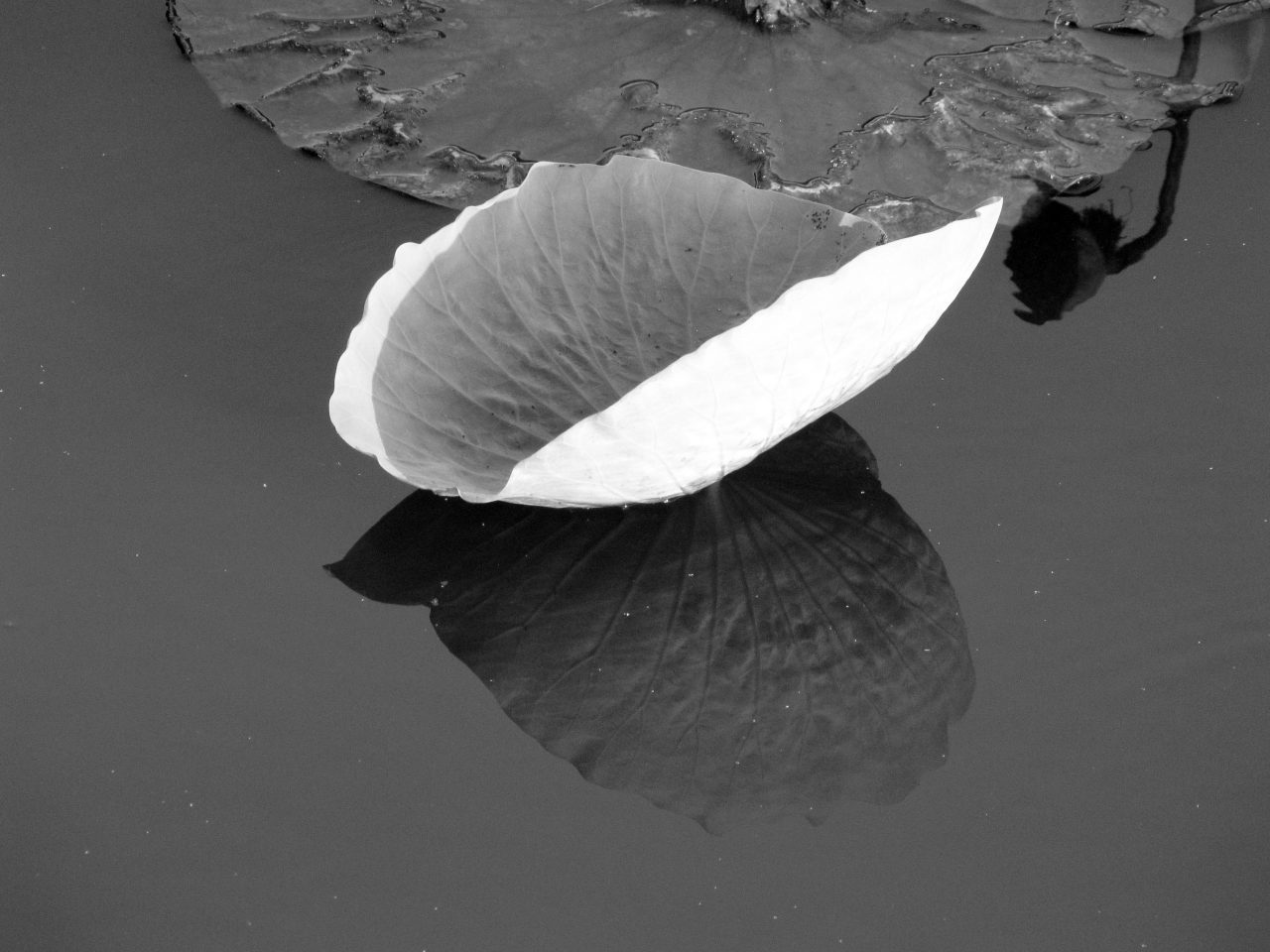Amara’s Dream (the Lithopedion)
By Alexander Dickow
For twenty days Penina’s son is born, which is to say Amara’s. The Sisters came in their coral raiment, and the woodcutters; each hand drunk with oblations: garlic cloves, a selection of mismatched buttons, a faded globe of illegible geography, four pheasants still thrashing against the muddled cords. The hangings had been draped in the crooked colors tradition required: blood-blue and honey-crimson. Then the visits grew more rare, and the last, four days ago, bore no more than a clump of cattails and a brackish odor.
The joints and spine would crack the less and less she stirred. Twinges of sound would sometimes strangle the hush, and keep her drained and clutching at sleep: the scratch of the scribes’ quills through the galleries, the households’ distant, droning fissures.
On the first day, a tear quivered in the palest commotions alone. More confident strain would soon invade her. At present she is so broken all promises seem betrayed at once.
Between convulsions an uncertain spell, caustic as a malaise and unsleeping: the numb embrace of a reprieve. Her spirit then unfolds its intervals and thresholds. She invents brutal lullabies, meticulously forgets love, considers the offerings and weighs their continual revisions: from garlic to shallot, from cattail to swaying reeds; the canopy thickens.
Exhausted, she shifts no longer. At times her murmur chimes against the arches of the palace where she rests; at times it is drowned in the forest where she lies. She hears the rustling of dark water somewhere, but no further offerings arrive.
The two millstones of her body pivot against one another once more. Busy steps resound nearby and bring no aid, and her regalia surround her like so many taunts. Between torments, she lists the stripes of distress across the faces of each one come to lay them at her useless feet.
Now the contractions have grown closer; now the mute fracture of her twisting viscera throttles her. It is a dazzled streak of agonies, very white, each drowning in the other.
Yet nothing will pass the breach she has become. So the choice arrays itself beside her: stiletto, scalpel, kriss or cleaver. The sickle’s shape shall put her to the question: a guitar diving into chords. The work done, she plunges her hands into herself as the sickle skitters, ringing over flagstones.
Her musician touch brushes a hardened knot: it is her son, Amara’s son (Penina’s son, in short), ready at last to reach the night since twenty nights ago. Her fingers find the edges of the willful mass, and they rip it out: she feels the child’s roots slipping from her spine; her son unravels from a gaping spool.
With a moan of pride and suffering, she lifts her son into the air.
She raises up a petrified fetus, a lump of stone with empty sockets full of fathomless reproach.

